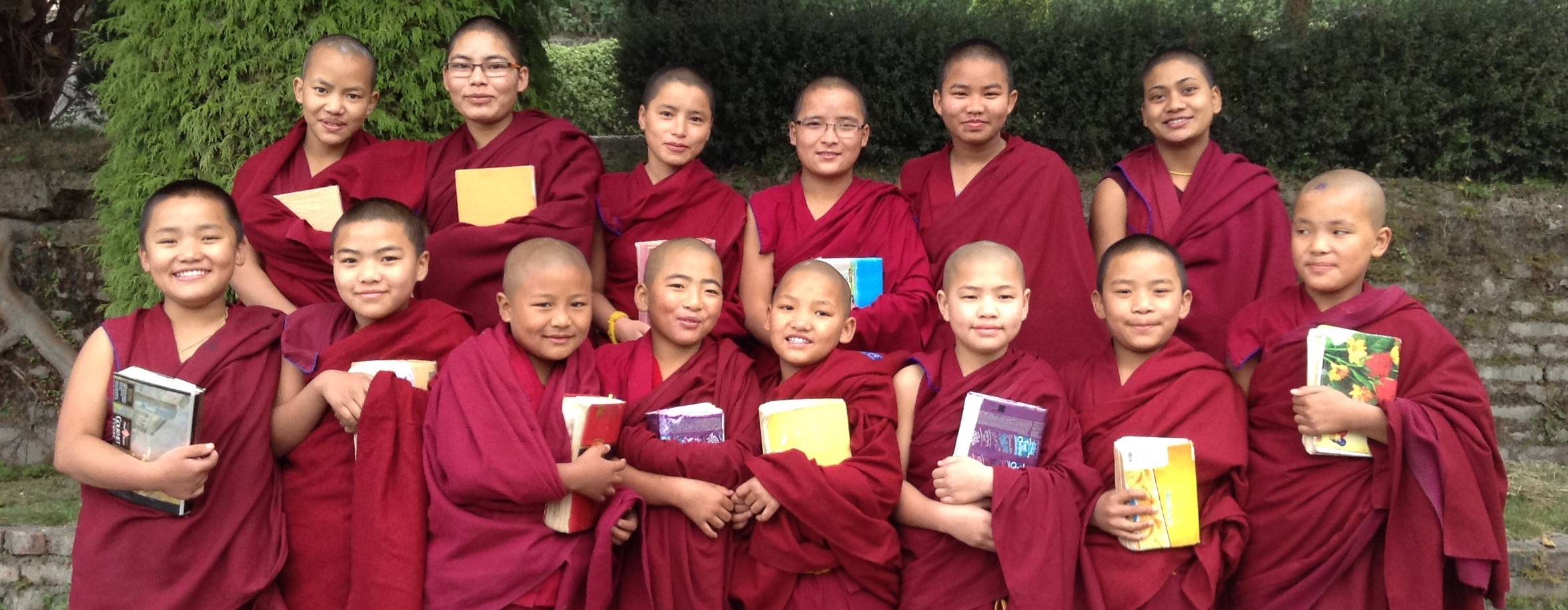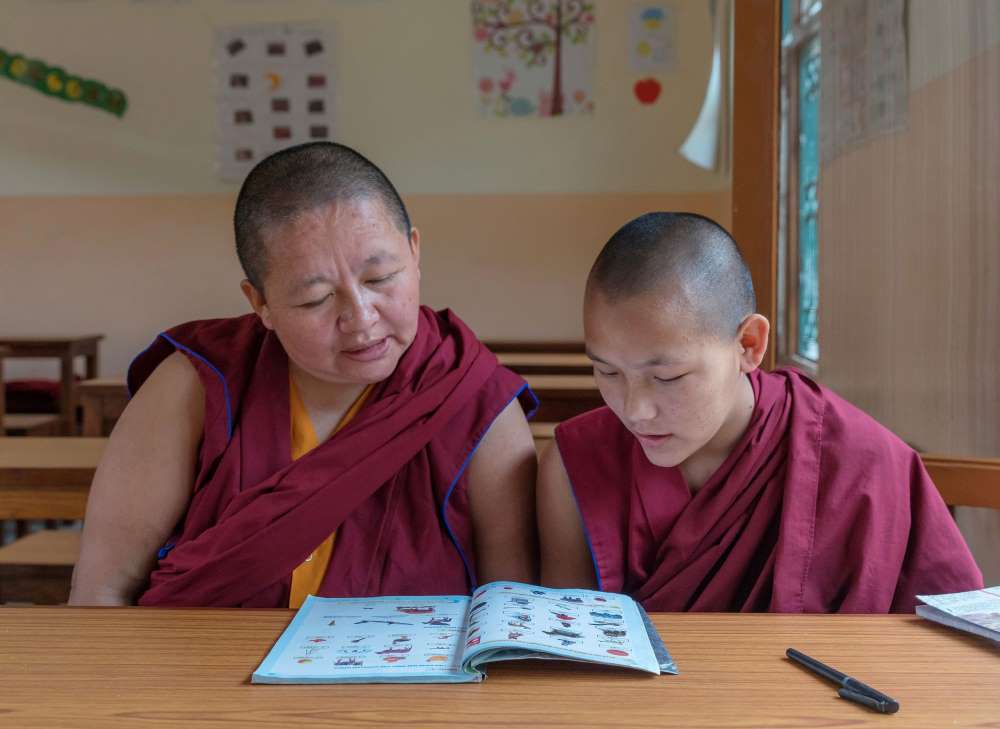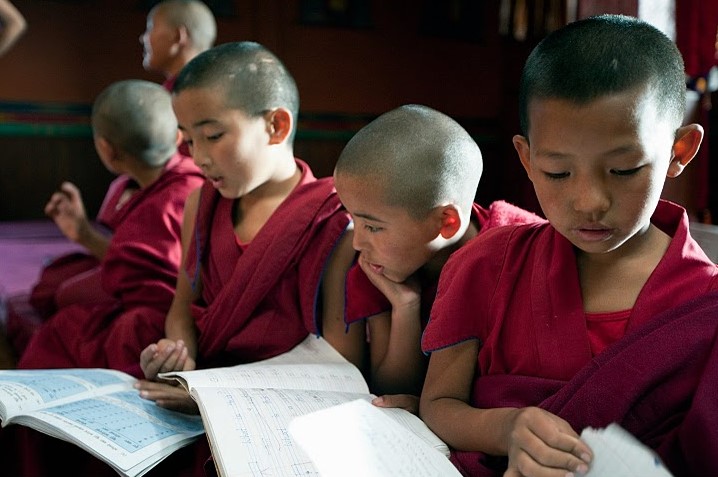
It is a historic time for both Tibetan Buddhism and nuns in particular.
The teachings of the Buddha came originally to Tibet from the great monastic tradition of Nalanda University in India, through a number of courageous and highly educated and realized masters, foremost amongst them was Lama Atisha. These teachings have been preserved and further developed and practiced over the past 1000 years by an unbroken lineage of practioners. When Tibet was invaded, together with thousands of refugees, - these great teachings came to India.
 |
His Holiness the Dalai Lama has mentioned on a number of occasions that due to this, the teachings of the Buddha survived, while emphasising that “Tibetan Buddhist philosophy is something precious which we can be proud of; it has been developed and thrived in Tibet and we should strive to preserve it in its entirety.” Many monasteries and nunneries in India have since then continued the study and practice of these teachings.
 |
The bestowing of the Geshe ma degree, a historical event that only started in 2012, is an indication of the changes in other areas for Buddhist women. Many nunneries have introduced compulsory schooling for nun, but not only that ,now Tibetan nuns are able to receive the same education and the chance to study and sit for the same degrees as the monks. For the first time in the history of Tibet,nuns can take the Geshe ma degree, equivalent to a doctorate in Tibetan Buddhism and the highest level of training in the Gelugpa tradition. The focus with the Tibetan Nuns Project has been on helping the nuns to gain the top degrees within their Tibetan Buddhist traditions, so that they reach the same level of academic proficiency as the monks. Our hope and wish is that these highly educated nuns will now go on to be the teachers of the future.

